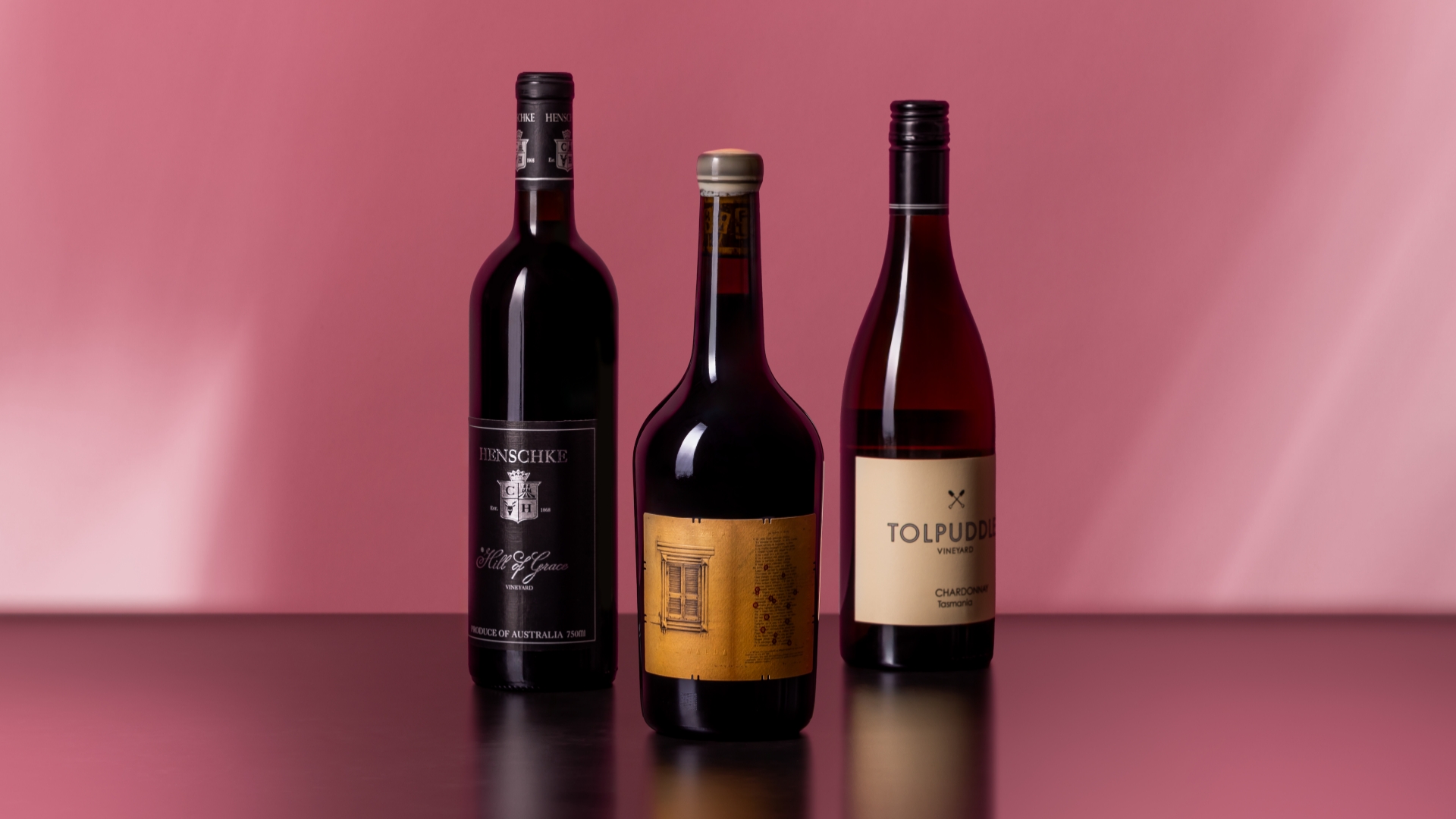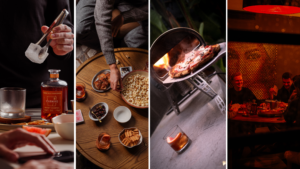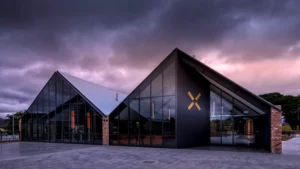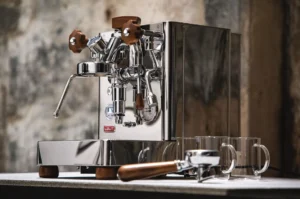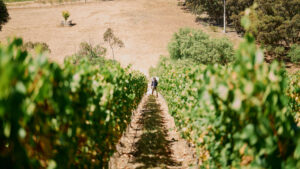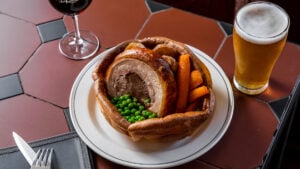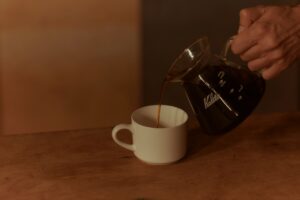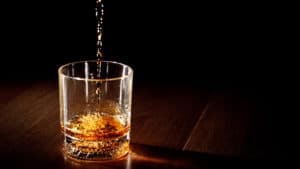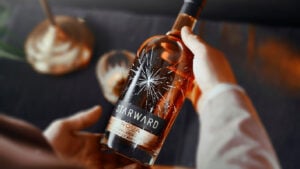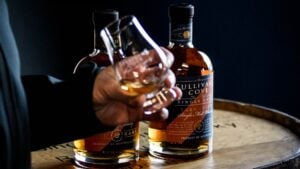Editor’s Note: This story originally appeared in Volume I of B.H. Magazine. Purchase your copy here.
Somebody at Langtons, evidently, is a fan of Vaclav Smil. The Czech-born academic and Numbers Don’t Lie author has always advocated for data’s ability to reveal indisputable truths; and if this quantitative approach is good enough at unearthing key insights in renewable energy, or the global economy, then it sure as hell can tell us something about the future of Aussie winemaking.
This mantra–gleaning truth from stats–is at the heart of the Langtons Classification: a long-running guide “to Australia’s most highly sought-after wines.” Inaugurated in 1990, it is inspired by the similarly named 1855 Bordeaux Classification (originally a system for determining which French winemakers were of superior, exhibition-grade quality).
Even a cursory glance at the Classification, or comparable rankings written by wine and spirits journalists, reveals that the state of Australian winemaking is becoming more diverse. Producers in the mould of Bindi and The Standish Wine Company – both well-known for taking an artful, relatively non-interventionist approach to winemaking – now command the same attention, among discerning drinkers, as old-guard favourites.
RELATED: 10 Red Wine Picks Under $100 Worth Quaffing This Winter
According to Michael Anderson, Langtons’ Head of Auctions, there is now a “clear and irrefutable” move –borne out in the most recent Classification and market data – towards lightly vinified styles from Australia’s Southeast.
Indeed, even when producers from the Barossa are recognised, there’s a good bet they’ll look a lot like Fraser McKinley: the Kiwi winemaker behind Sami-Odi, whose meticulous organic viticulture and Champagne-esque philosophy of blending yields Shirazes about as far away from Dad’s 16% ABV soups as one can get.
“We don’t use anything that plugs into the wall,” says McKinley. “The most interesting thing to me about wine is the lack of an exact science. That means everything is done at a pretty slow, gentle pace. [We’re]pretty hands-on the whole way through and I really enjoy that.”
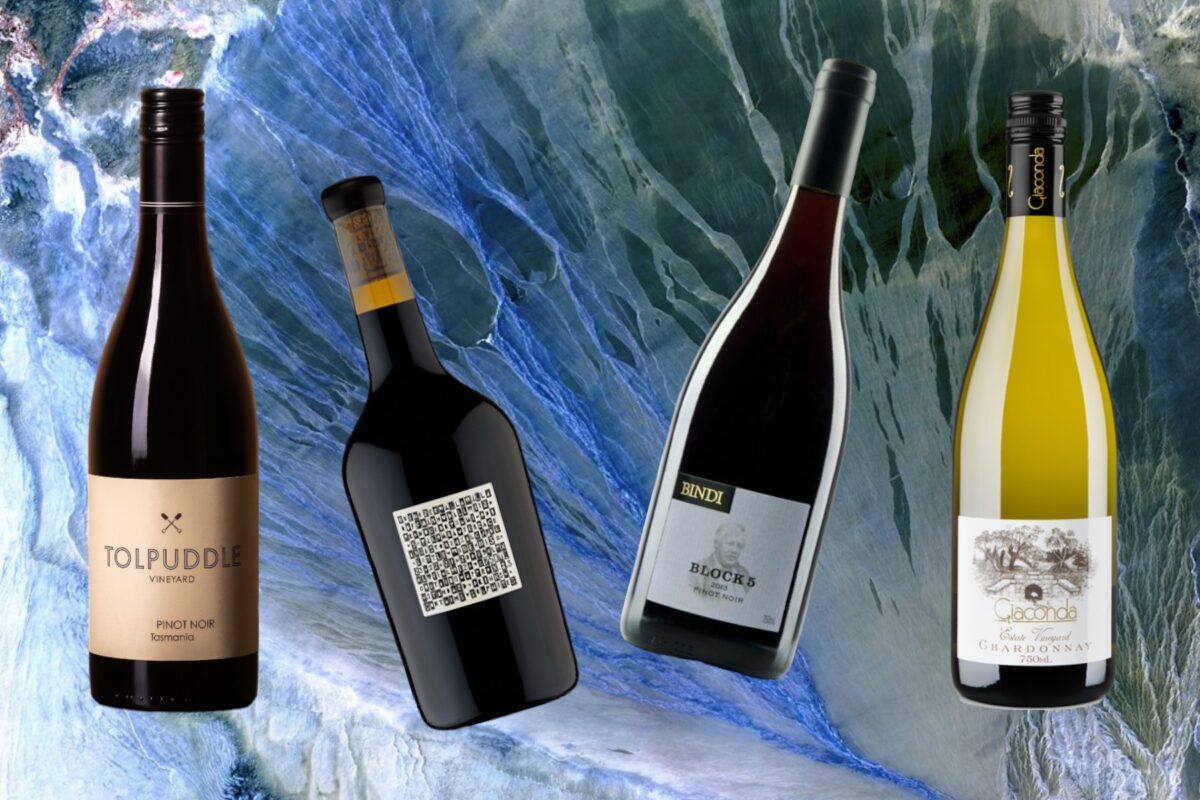
This pronounced shift to elegantly styled, often cool-climate wines isn’t something one needs Grange money to take advantage of.
Single-variety bottles from Tasmanian producer Tolpuddle (~$100) are a snapshot into the unique, silica-rich sandstone terroir of the Coal River Valley; the Estate Pinot Noir of Paringa ($70) has, in Anderson’s words, “never been better”; and the ‘Art Series’ Chardonnay by Leeuwin Estate ($150) – a winery founded in 1974, with backing from Robert Mondavi – is the apogee of “timeless Margaret River excellence.”

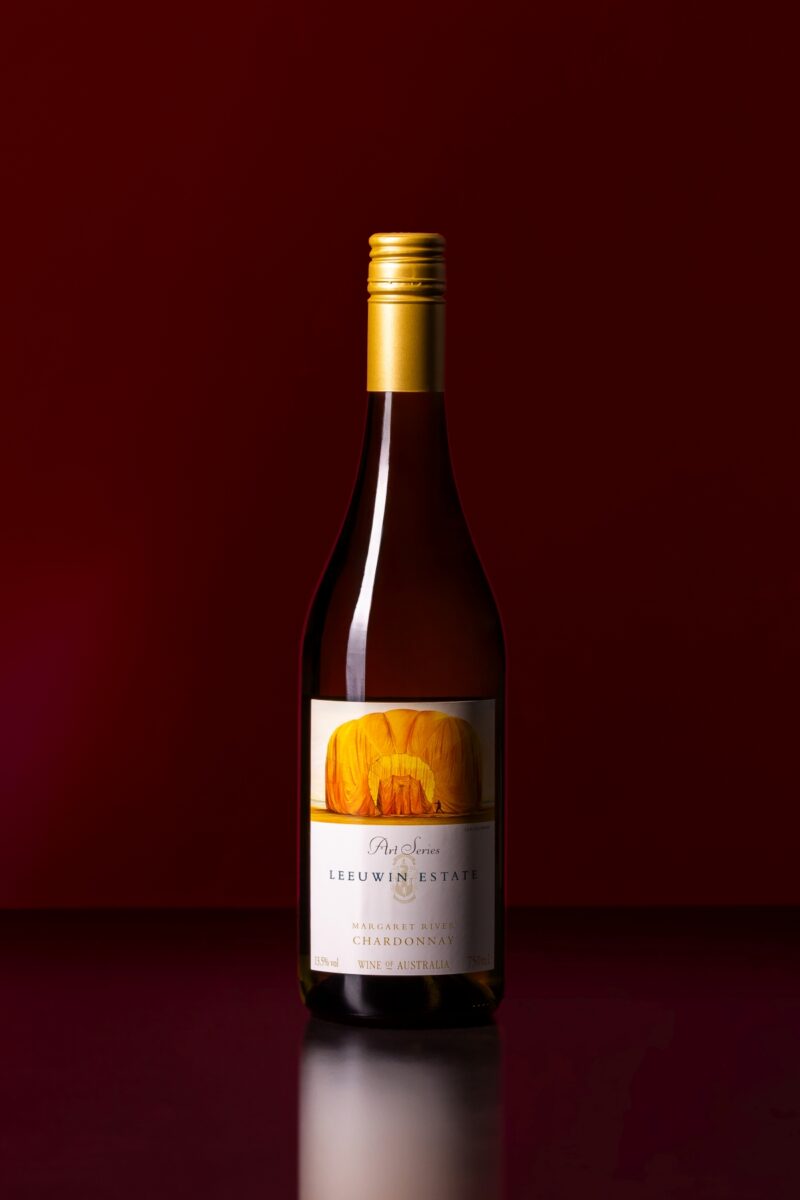
Of course, this broadening of collective palates has not spelled the demise of the country’s traditional blue-chip estates. For those with hefty wallets, Henschke ‘Hill of Grace’(~$950) and the iconic Rockford Basket Press (~$300) present attractive propositions – whether you’re a sipper or a flipper – and remain emblematic of how premium Aussie wine is perceived on the global stage. For now, at least.
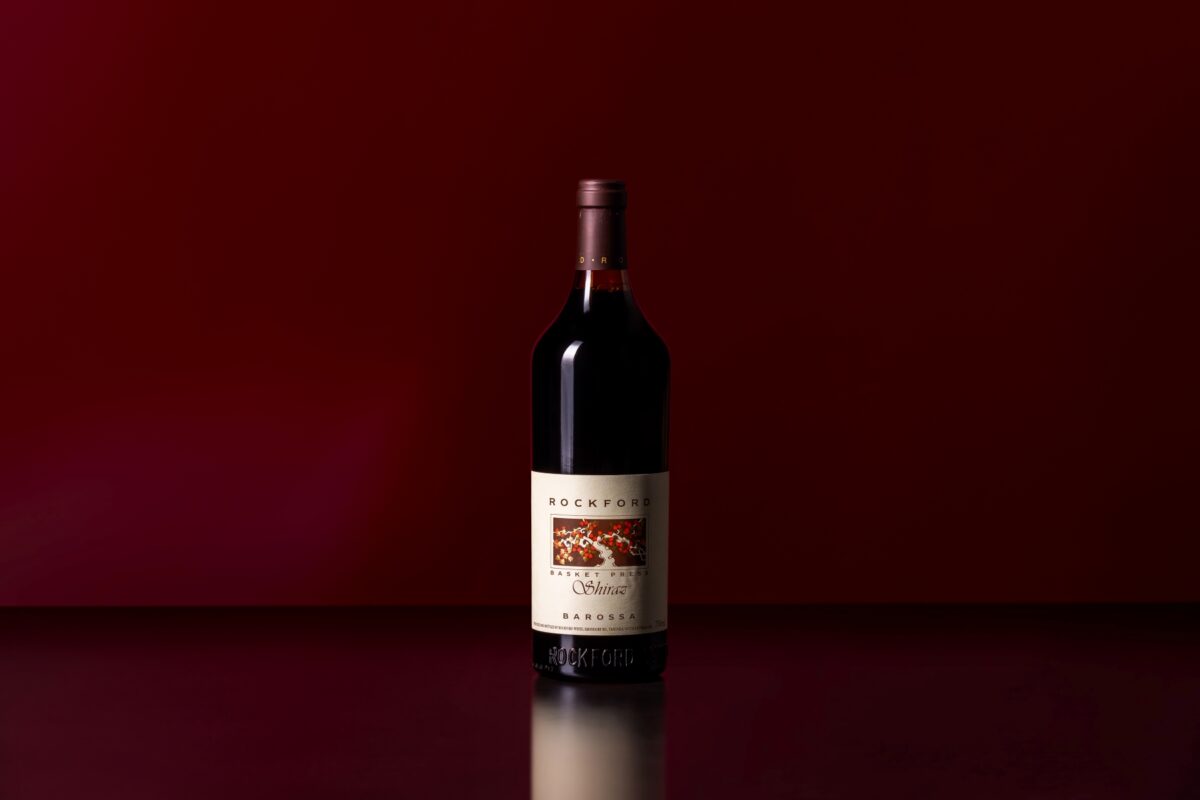
What Langtons’ latest Classification does tell us, with some element of statistical certainty, is that Australian winemakers are bound to become more adventurous as time goes on. The explosion of interest in wine shows like Victoria’s AAVWS reveals the potential of “alternative” grapes, such as Fiano or Carricante. Both varieties are affordable, indigenous to Italy, and intriguing when transplanted to Australia’s numerous quasi-Mediterranean climes.
“I think the alternatives are absolutely going to fly,” Anderson points out. “Don’t get me wrong, Shiraz is great. But Australia’s vinous identity could be so much more than that. As far as the Classification goes, I’m looking forward to the day we see a bottle of pure Nebbiolo or Grenache, not necessarily made in massive quantities, that ticks all the boxes.”
If you’ve enjoyed this story about the changing face of Australian cork culture, here is an array of dining and drinks-related articles to keep you reading:
